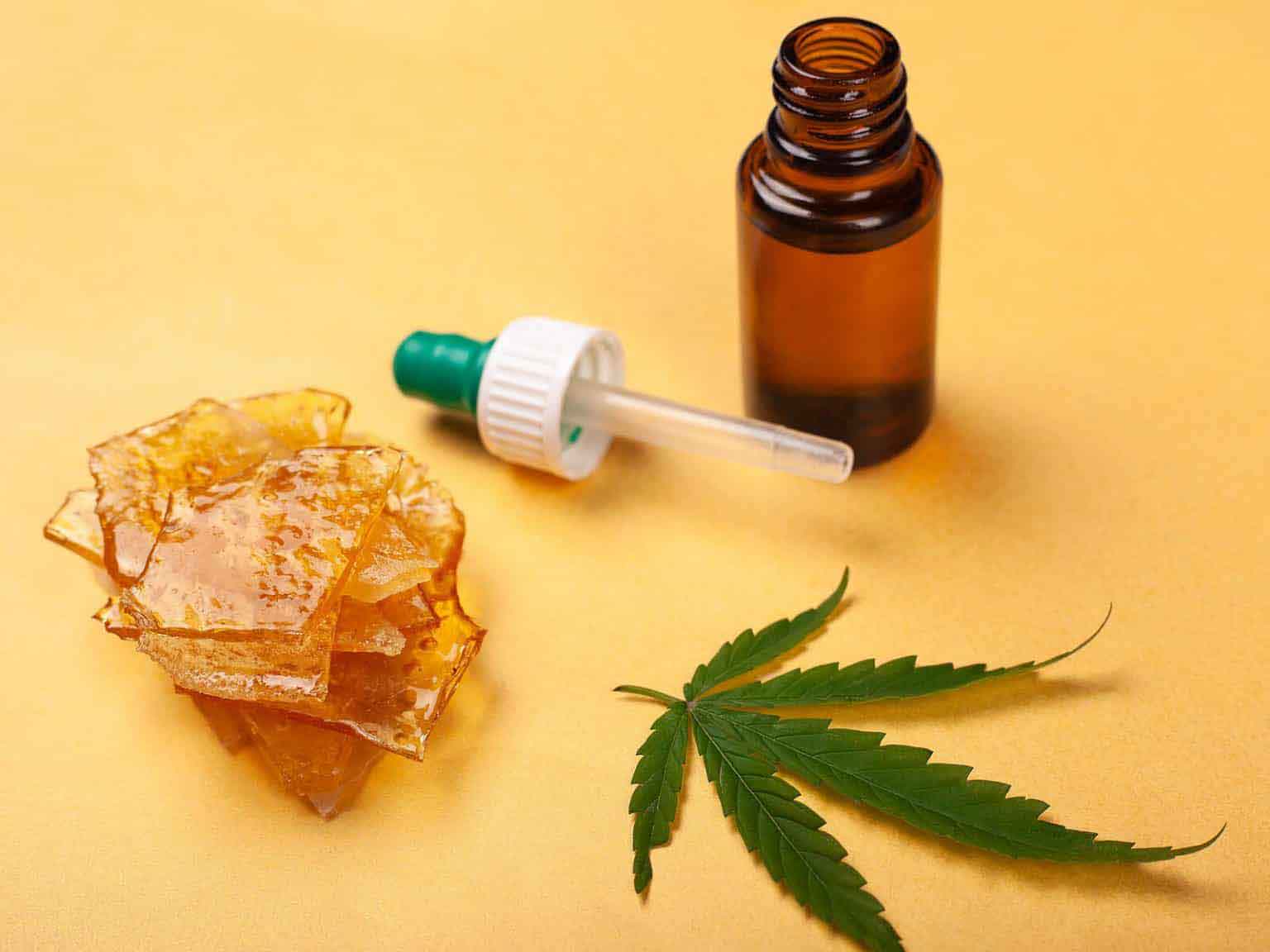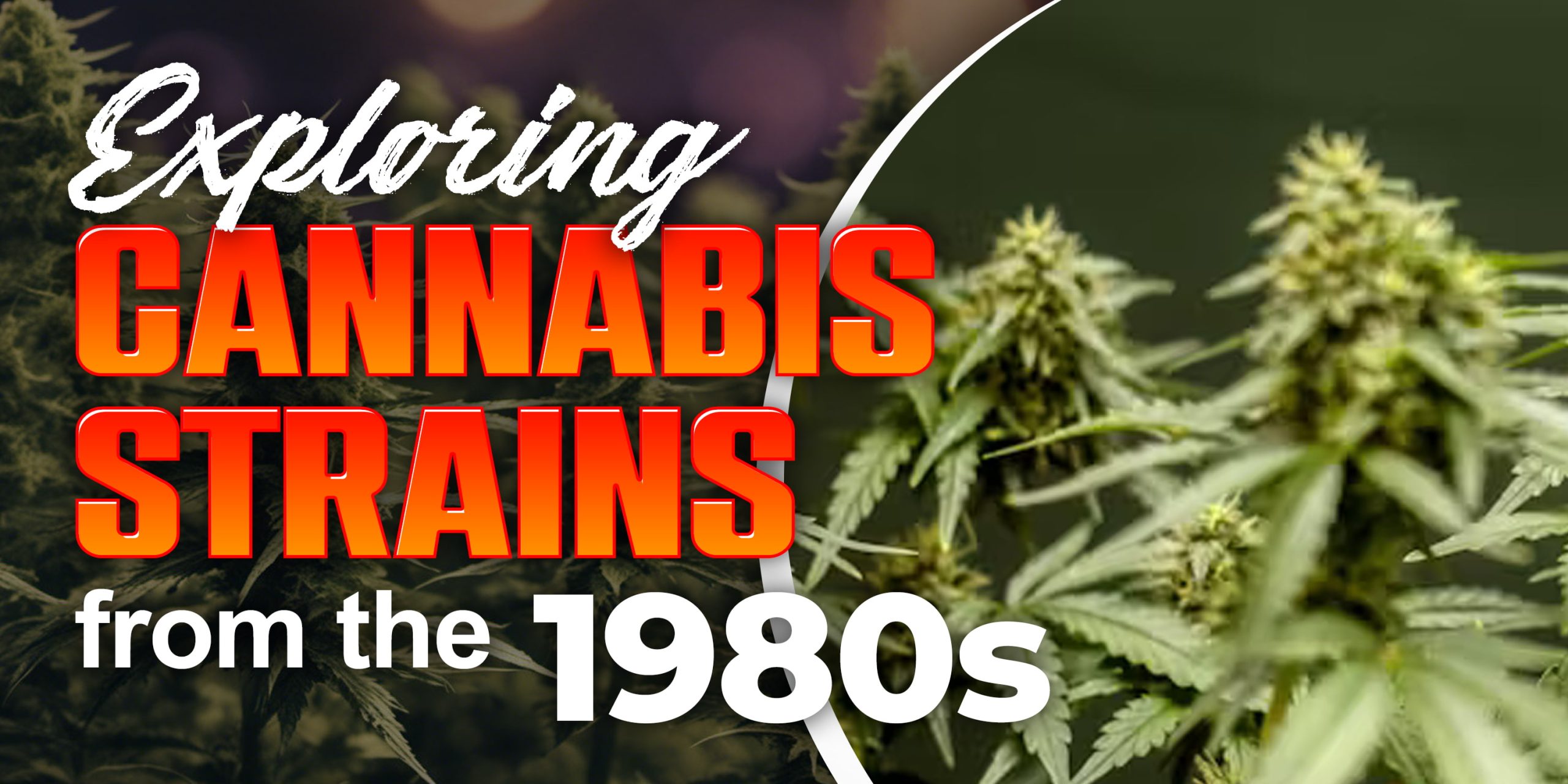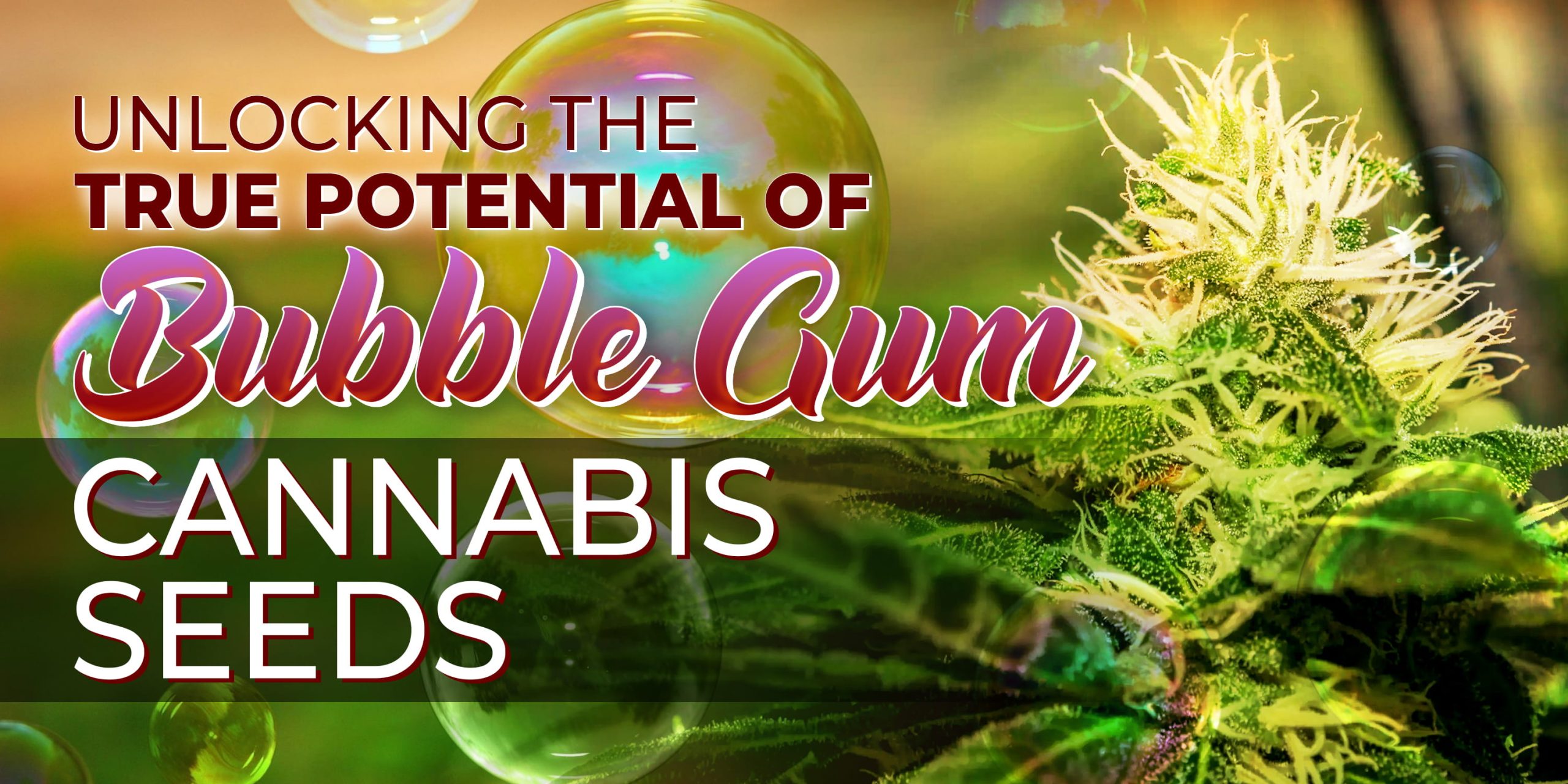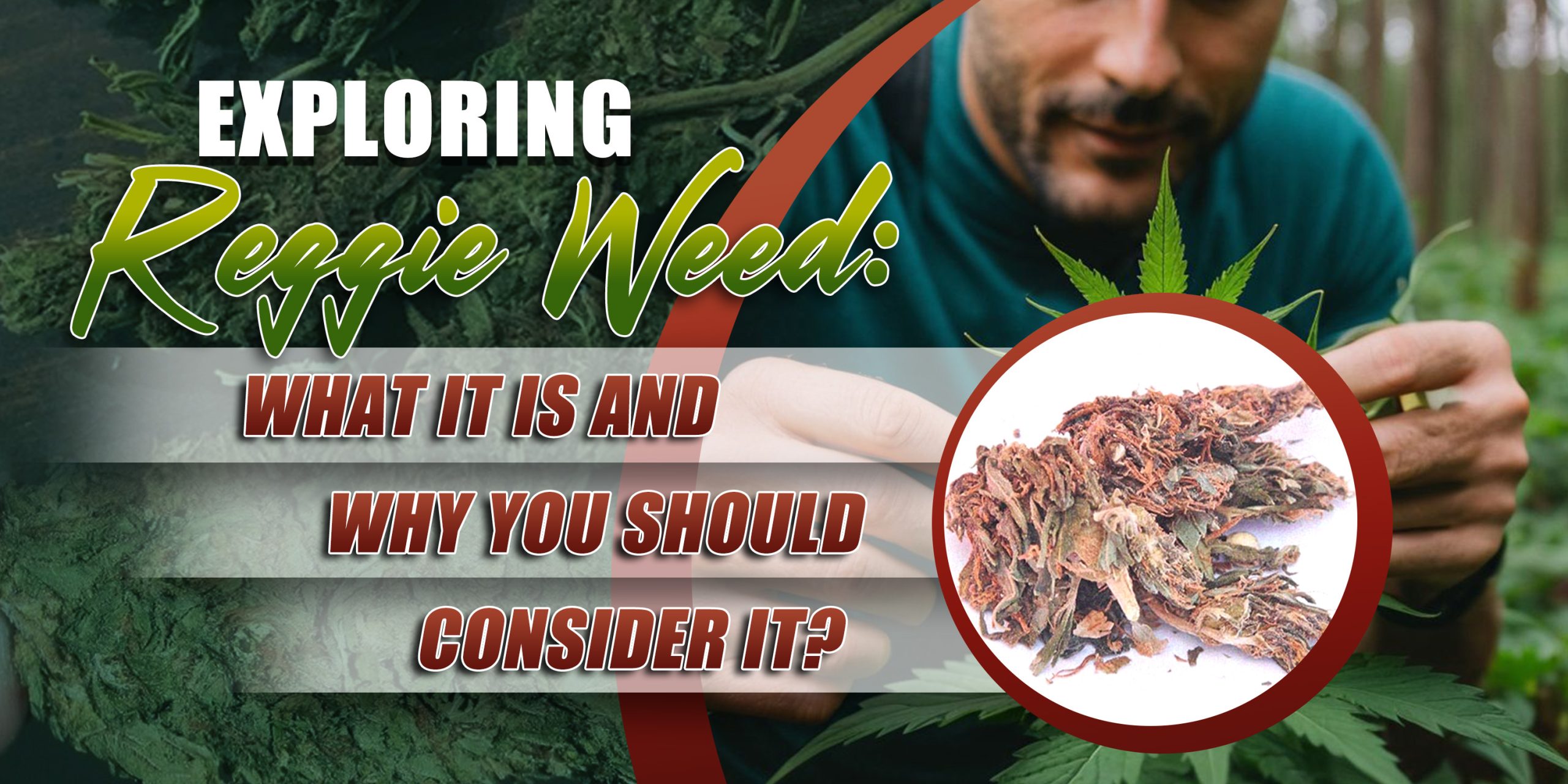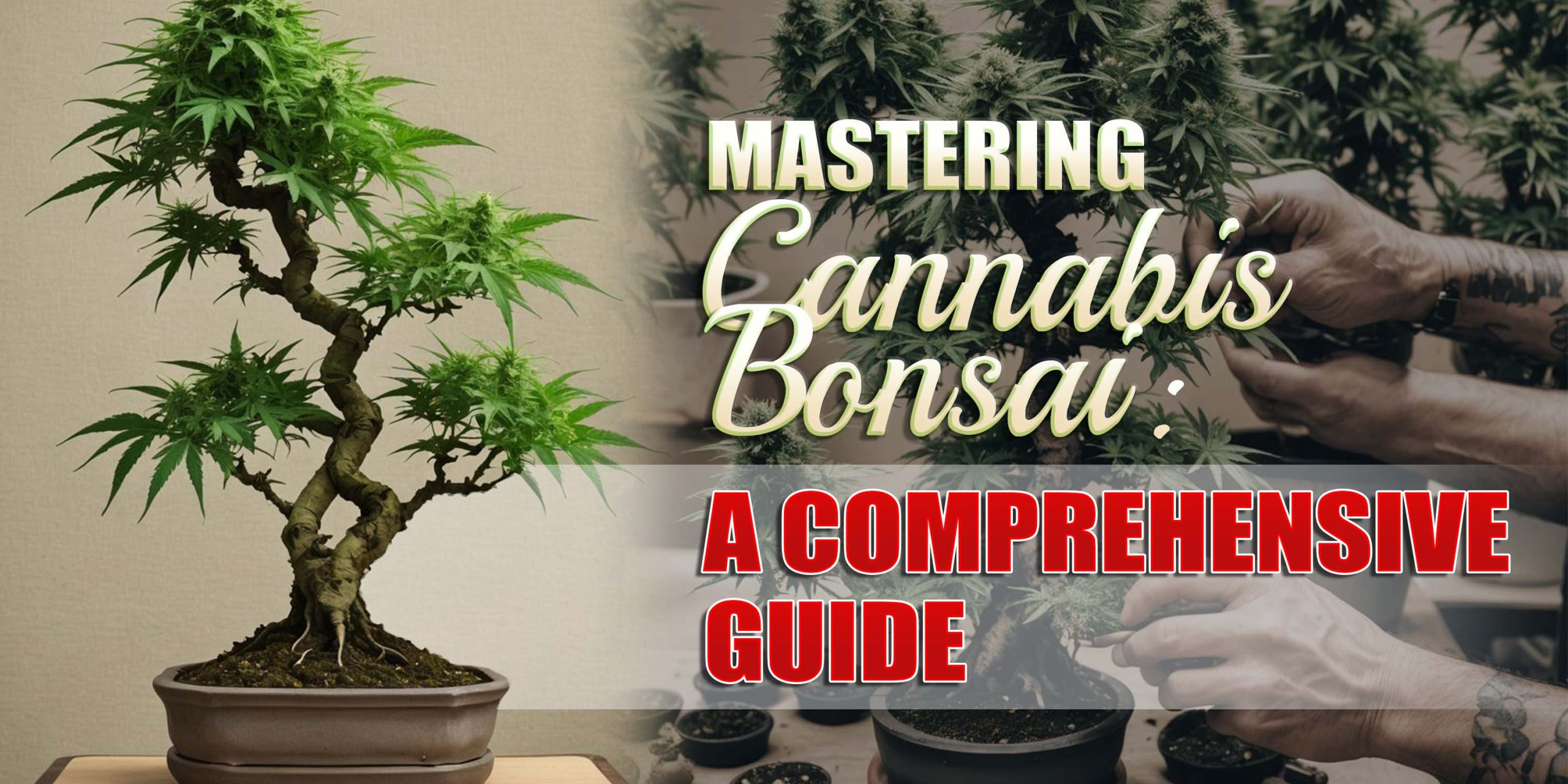BHO is a potent form of concentrate made by extracting oils, cannabinoids, and terpenes from cannabis. This potent cannabis product is one of the many products that have taken the marijuana industry by storm. And as the billion-dollar cannabis industry continues to grow, heightened importance on clean and pure production is also observed. With that, we see an influx of new advancements in technology and techniques focused on bringing high quality and pure extracts to the market. That is where winterization and filtration of cannabis extracts come in. In this article, we answer the question of why, how, and what is winterized BHO?
What is BHO?
BHO is short for butane hash oil. The name comes from the chemical solvent, butane, used to extract all the essential oils from cannabis. Depending on the starting material, technique, and equipment used, BHO can result in several forms of consistency, including shatter, crumble, budder, wax, sauce, or oil, among others. To make BHO, liquid butane is pushed through a tube packed with frosty buds. Aside from the cannabinoids and terpenes from the flowers, the resulting solution is a mixture of concrete oils, waxes, and sometimes chlorophyll dissolved in the chemical solvent butane. The butane and cannabis wax solution is then evaporated leaving behind a substance we now come to know as BHO.
Why Winterize BHO?
Proper winterization is a core step in making sure that any unwanted plant lipids, waxes, fats, and other residuals are removed from the final product. In a nutshell, the process of winterization involves dissolving a non-polar substance into a polar solvent at temperatures below the freezing point. Maintaining the frigid temperature is crucial so the compounds that need to be removed can coagulate and be easily filtered out. An easy way to see winterization in action at your own home is to place leftovers (stews, for instance) in the fridge overnight and once you take it back out, you will see a layer of fat on the top. The substances that have coagulated on top due to the cold temperature were from the meat itself.
As mentioned, with more focus given on the importance of pure concentrate production with untainted flavors and cleanliness, many processors are now going through great lengths on their extraction system to include the winterization process. By winterizing BHO, companies can assure consumers a product that is safer for consumption and easy on the lungs.
How to Winterize BHO?
Winterizing BHO is a simple process that requires only four to five steps.
Step One – Dissolve the crude extract in a solvent, such as isopropanol or ethanol, using a 10ml to 1g by weight of solvent to extract ratio. Contrary to what you may have heard, using warm ethanol as a solvent to dissolve your extract is fine. While the amount of ethanol used can vary, a good rule of thumb to follow is the 10ml to 1g ratio. If, however, your BHO extract is too dirty, you can safely up the ratio to 15 or 20ml extract to 1g of solvent.
To begin, carefully warm the solvent to at least 45 degrees to 60 degrees Celsius using a hot plate and in a well-ventilated area. Ethanol boils off at 78.5 degrees Celsius so we will have to aim for a lower temperature than that. Keep in mind that ethanol is highly flammable and should be handled with the utmost regard for safety. Once the ethanol is warm enough, simply add your crude extract following the recommended solvent to extract the ratio. The solution should then be stirred using a lab spatula or a stir bar until the crude extract is fully dissolved and any bubbling has subsided.
Step Two – Now that you have suspended your extract in your solvent, it is time to store the solution at sub-zero temperatures. The target temperature to aim for is -80 degrees Celsius. Walk-in freezers, chest freezers, and chillers can all do an effective job at maintaining this temperature. Remember that anything above -20 degrees Celsius is not cold enough to do a proper winterization of your BHO. The goal is to have all the plant waxes and residual compounds to float on top so make sure to keep the mixture chilled for at least 24 hours or more.
When you do not have any of the above-mentioned equipment and only have a standard freezer, you will need to keep your mixture chilled for at least 36 to 48 hours to encourage the undesirables to coagulate, solidify, and precipitate out of the solution. Another way to freeze your solution is by using dry ice. Simply allow the residuals to precipitate for at least three hours in dry ice without disturbing the mixture. You will know if you are ready for the next step once you have a layer of lipids and waxes floating on top of the solution. If, however, the freezing was not done properly, the distillate will be less transparent and the purity of your end-product can be compromised.
Step Three – Once the distillate is fully transparent and the compounds have become fully suspended on the surface of the solution, filtration can commence. Anything from various grades of filter papers to unbleached coffee filters can be accepted for this process. In a professional setting, filtering is typically assisted by a vacuum pump to ensure that all the miscella is pulled through the filter. If this equipment is not readily available, you can simply pour the extract slowly onto the filter paper and allow gravity to do the work. Make sure not to pour the whole batch in at once as this can saturate your coffee filter with all the plant lipids and waxes. Either way, the important thing to remember is to do this process quickly to avoid having the undesirables dissolving back into the solution. To accomplish this, have the entire filtration set up at the same temperature as the solvent/extract solution. Seal your filtration equipment in a ziplock bag and place them in the freezer for about an hour before you commence the filtration process.
Step Four – Repeat the entire process from steps one to three until all the undesirable by-products have been eliminated. You can put a small sample of solution back in the freezer for the recommended amount of time to see if any waxes remain in the filtered solution. If the distillate is cloudy when you check back on it, you will have to repeat the entire process.
Step Five – Purge the solvent, which basically means the evaporation of the solvent. The standard practice is to transfer the clean, filtered liquid into a pyrex dish and cover it with a breathable material like a cheesecloth to deter airborne particles from falling and contaminating the liquid. Set the dish at room temperature and wait until all the ethanol has evaporated off and reduced down to oil. The remaining substance should have a goo-like consistency that is between honey and molasses. This is what a winterized BHO should feel and look like.
Once you have completed the steps outlined above, you should by then a better understanding of what is winterized BHO and why it is an important part of the production of viable cannabis extracts. This process ensures that consumers have an extract that is not only pure but also more stable. The fewer the impurities in the end product, the longer the product can be stored without compromising its flavors, appearance, and texture.





